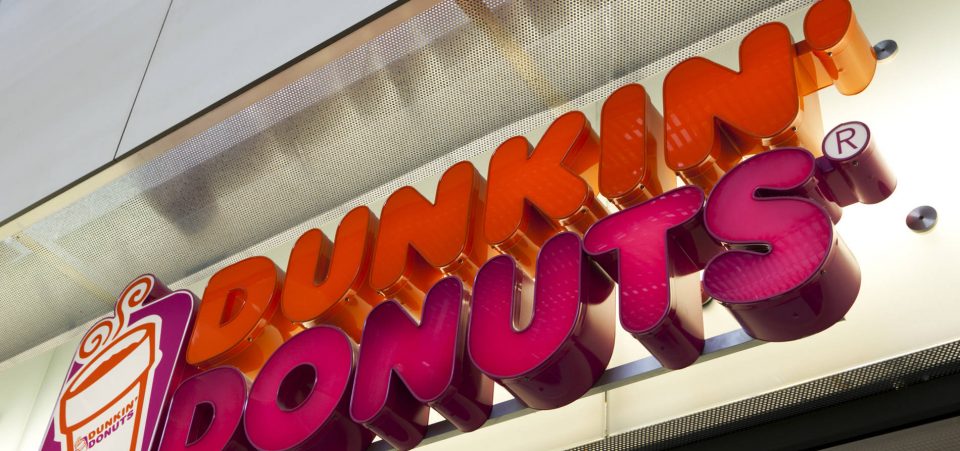What Do Donut Sales and U.S. Economic Growth Have in Common?
What’s in a donut? Not just jelly or cream. Donuts, or at least their sales trend, reflect economic performance. That’s what Nigel Travis, CEO of the famous Dunkin Brands Group Inc (NASDAQ:DNKN) company—whose brands include Dunkin’ Donuts and Baskin-Robbins—suggests. If we are to believe Travis, what emerges is more bitter than sweet. Specifically, Travis blames the higher minimum wage and the presidential election for the fact that fewer Dunkin’ Brands franchisees are opening new stores.
As he addressed a Wall Street audience last week, Travis said that one of his company’s franchisees delayed plans to open a new store because of New York City’s rumored plans to raise the minimum wage to $15.00 an hour in 2019—and in the rest of the state of New York by 2021. (Source: “Dunkin’ Donuts sees slowing franchise growth amid higher minimum wage,” Economic Collapse News, October 27, 2016.)
Dunkin’ Brands launched 61 stores in the third quarter. That’s almost a third less than it opened in the same period a year ago. Expectations for the rest of the year are gloomy as well, with just 430 new store openings. Travis said his franchisees are worried by uncertainty over the presidential election, mid-term elections, and regulations. Mostly they are worried about the minimum wage. (Source: Ibid.)
The franchisees have a point. While the U.S. economy grew 2.9% in the third quarter, its best performance in two years, this expansion is still at the low end of what the country has witnessed since 1949. The growth was largely exports-driven, defying the high U.S. dollar trend. The disappointment comes from the domestic consumption front, which has usually served as the main engine of U.S. growth. It grew by only 2.1% over three months, much less than the previous quarter (+4.3%).
On Friday, the University of Michigan revealed that consumer confidence has deteriorated sharply in October, falling to the lowest since September 2015. (Source: “Consumer Sentiment in U.S. Matches Lowest Reading Since 2014,” Bloomberg, October 28, 2016.)
This takes us back to donuts. Indeed, the lower donut consumption, as noted by the Dunkin’ Brands’ CEO, reflects the dimmer consumer sentiment. Meanwhile, the last time the U.S. economy grew at a rate higher than three percent was 2005. It doesn’t bode well for the middle class.






